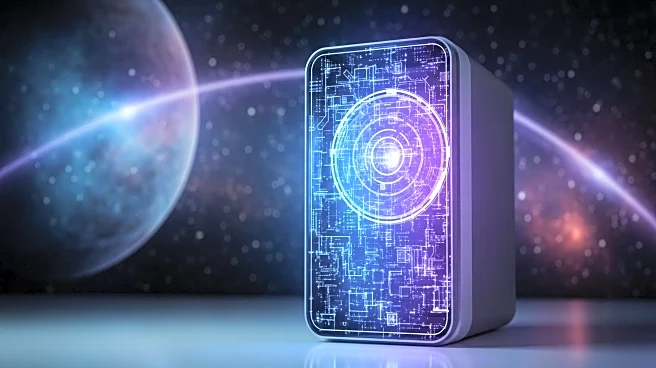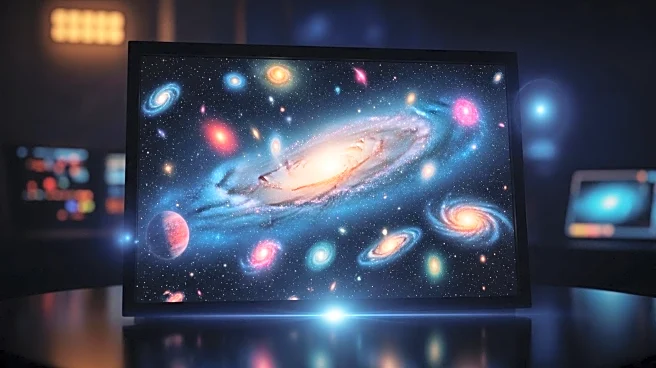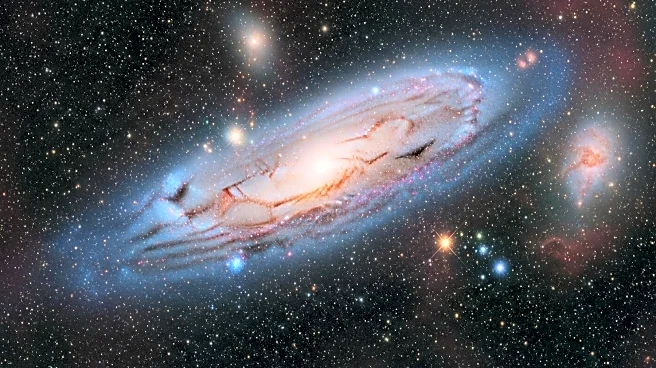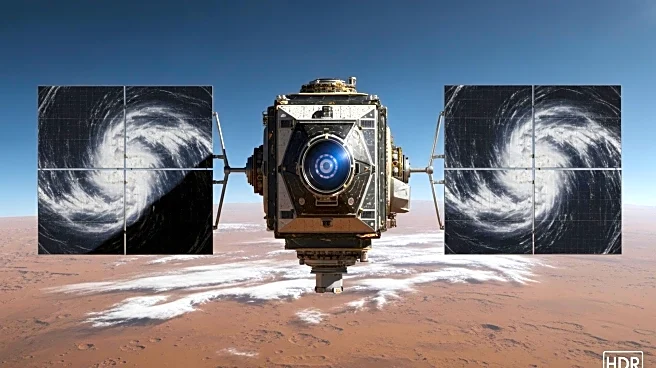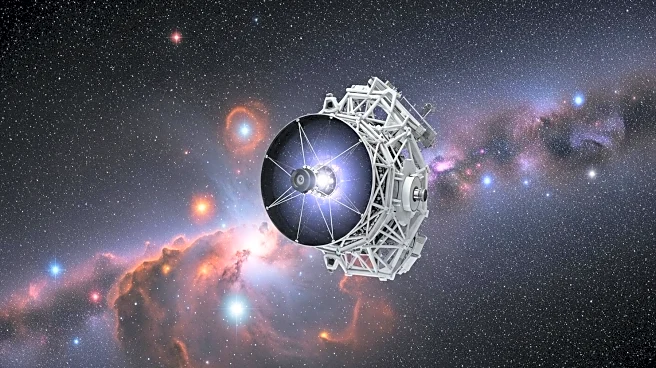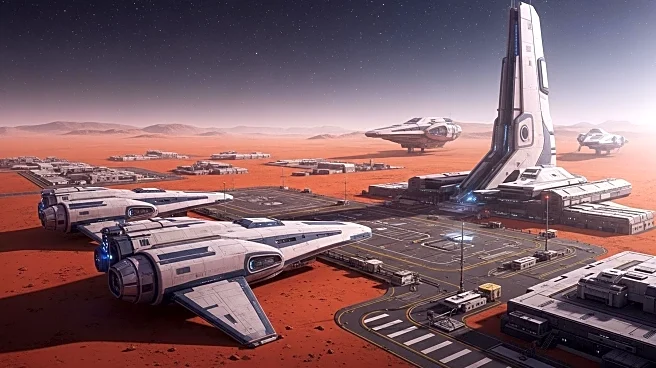What's Happening?
The Euclid Consortium, part of the European Space Agency's Euclid space telescope mission, has released Flagship 2, the largest and most detailed simulation of the universe. This digital model includes 3.4 billion galaxies and tracks the gravitational interactions of over 4 trillion particles. Developed using an algorithm by University of Zurich astrophysicist Joachim Stadel, the simulation aids in analyzing data collected by the Euclid telescope. Launched in July 2023, the Euclid telescope aims to explore dark matter and dark energy by capturing detailed images of galaxies. The simulation will help scientists test and refine their understanding of the universe.
Why It's Important?
The release of Flagship 2 is a significant milestone in astrophysics, providing a comprehensive tool for understanding the universe's structure and behavior. By comparing Euclid's observations with the simulation, scientists hope to gain insights into dark matter and dark energy, which constitute 95% of the universe but remain largely mysterious. This research could lead to breakthroughs in cosmology and potentially challenge existing theories. The simulation also increases the likelihood of discovering rare cosmic phenomena, which could further expand scientific knowledge and understanding of the universe.
What's Next?
Euclid's first observational data, Quick Euclid data release 1, was made available in March 2025, with the next major release, Data Release 1, scheduled for October 2026. As scientists analyze this data, they anticipate confirming the simulation's predictions and possibly uncovering new cosmic phenomena. The ongoing research may lead to revisions in the standard cosmological model and enhance our understanding of the universe's expansion and the role of dark matter and dark energy.

